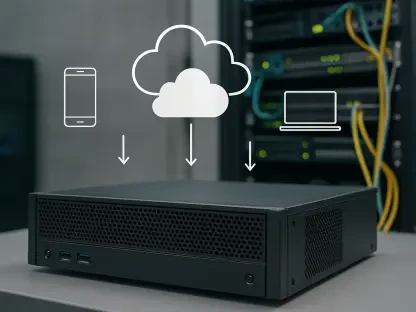In an era where healthcare is increasingly intertwined with cutting-edge technology, the backbone of this transformation lies in the evolution of network architecture, a critical component that supports the seamless integration of connected medical devices and artificial intelligence (AI) applications. The sheer volume of data generated by modern healthcare systems—spanning patient records, real-time monitoring, and diagnostic tools—demands a robust infrastructure capable of managing escalating bandwidth needs and ultra-low latency. This network serves as the nervous system of healthcare organizations, ensuring that data flows securely and efficiently across diverse devices and platforms. As the industry grapples with the dual challenge of handling massive data traffic and adhering to stringent regulatory standards, the role of network architecture has never been more pivotal. This pressing need for advanced systems sets the stage for a deeper exploration of how technology is reshaping the healthcare landscape.
The Intersection of Security and Innovation
The rapid proliferation of connected devices and AI-driven solutions in healthcare has amplified the importance of embedding security at every layer of network architecture. Health data, often regarded as some of the most sensitive information, must be protected under strict regulations like the Health Insurance Portability and Accountability Act (HIPAA). Balancing operational efficiency with compliance requires networks that not only handle high data volumes but also safeguard against an expanding attack surface fueled by sophisticated cyber threats. Projections indicate that cybersecurity spending by healthcare providers will grow at a compound annual rate of 12.5%, reaching $10.9 billion by 2027, reflecting the urgent need to fortify systems. Simultaneously, the integration of edge computing is revolutionizing real-time data processing by reducing latency and optimizing bandwidth, enabling faster insights directly at the point of care. This synergy of security and innovative technologies like edge computing underscores a broader shift toward purpose-built networks tailored to meet the unique demands of modern healthcare delivery.









